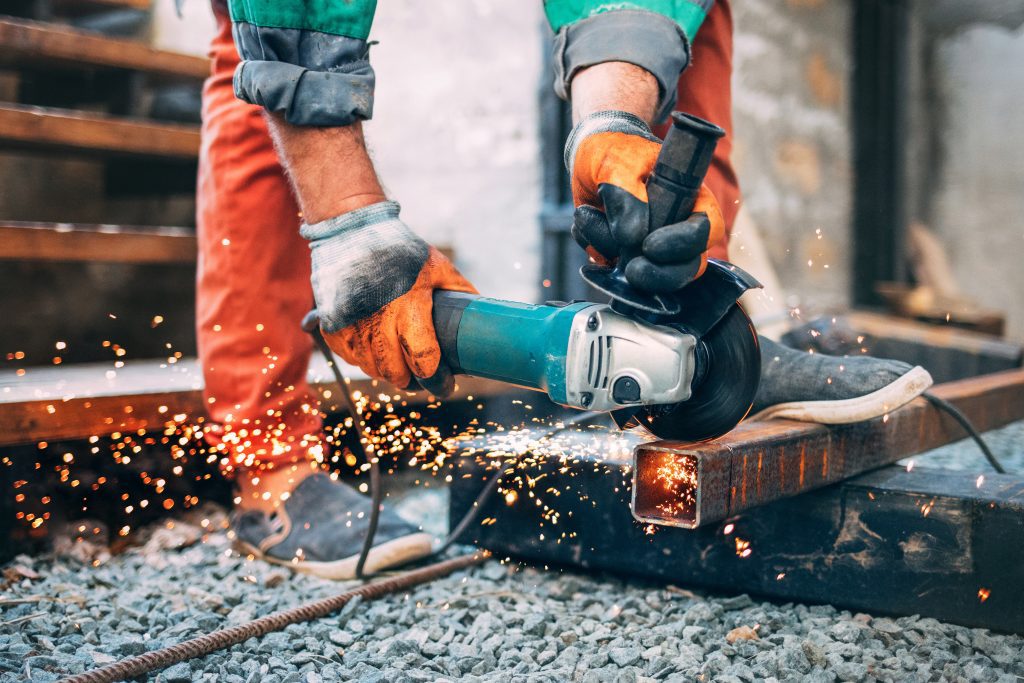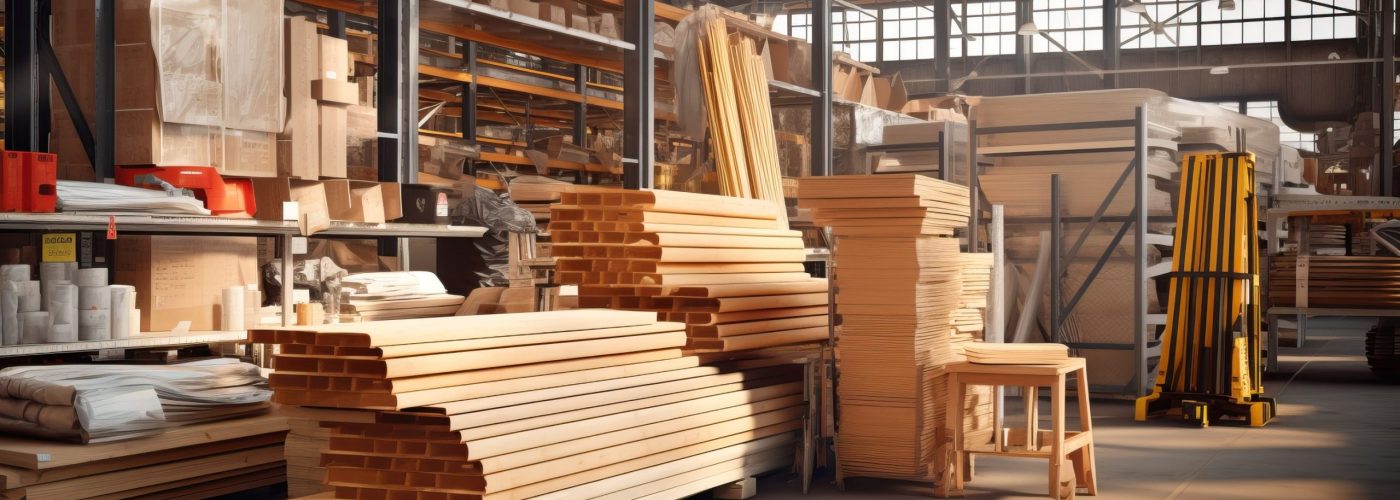Congratulations! You’re embarking on a construction project. Whether you’re building your dream home, revamping a kitchen, or tackling a backyard deck, the first step is gathering the right building supplies.
But with aisles upon aisles of options at home improvement stores, it can feel overwhelming. Don’t worry; we’ve got you covered. This guide will break down the essential construction supplies you’ll need for various project stages, from foundation to finish.
Laying the Foundation
A sturdy base is super important for any building. Here’s what you’ll need for this crucial first step:
- Cement Mix: This tough stuff is the backbone of foundations. It gives you a strong, long-lasting base. Go pre-mixed for small jobs or get a pro to mix it up for bigger projects.
- Steel Rods: These reinforcing metal rods, called rebar, get embedded in the cement. They boost its ability to handle tension and stress.
- Crushed Rocks: This layer goes underneath the cement. It allows water to drain properly and prevents moisture buildup around the foundation area.
Framing the Walls and Roof
The framework is the skeleton that holds everything together. You’ll need these key construction supplies:
- Wooden Beams: Studs, plates, and headers are like the vertebrae. They form the walls. Use pressure-treated wood where it touches the ground to avoid rot and bugs.
- Sturdy Sheets: Plywood is a super versatile material. It provides a base for walls and roofs before you add siding and drywall.
- Connectors: Don’t forget nails, screws, and staples. They’re crucial for locking all the wooden pieces together.
Feeling lost in a sea of lumber options? Don’t worry! A quick search for building supplies near me can point you towards helpful experts at your local home improvement store. They’ll have the right advice and materials to get your walls and roof soaring.
Keeping the Elements Out
Protecting your structure from the weather is paramount. Here’s what you’ll need:
- House Wrap: This water-resistant barrier applied over the sheathing keeps moisture out while allowing interior moisture to escape.
- Roofing Underlayment: This waterproof membrane protects the roof deck from leaks before the final shingles are installed.
- Shingles or Metal Roofing: Asphalt shingles are a popular choice, but metal roofing offers superior durability for areas with harsh weather conditions.
Windows and Doors
Windows and doors bring light, ventilation, and access to your building. Here’s what to consider:
- Windows: Select windows based on size, style, and energy efficiency. Double-paned windows offer better insulation in extreme climates.
- Exterior Doors: Choose exterior doors that are weather-resistant and secure. Steel doors are strong and low-maintenance, while wood offers a classic aesthetic.
- Interior Doors: Opt for solid core doors for bedrooms and bathrooms for privacy and soundproofing. Hollow core doors are a good option for closets and less trafficked areas.
Building Up the Interior
Now it’s time to focus on the interior spaces. Here are some key building materials:
- Drywall: Gypsum board, or drywall, forms the interior walls and ceilings. Choose the appropriate thickness for walls and ceilings, and don’t forget joint compound and drywall tape for finishing.
- Insulation: Proper insulation keeps your home comfortable and energy-efficient. Common options include fiberglass batts, spray foam, and rigid board insulation.
- Interior Framing: For features like closets and soffits, you’ll need additional lumber for framing.
Flooring, Walls, and Ceilings
The next step is transforming the bare bones into a finished space. Here’s what you’ll need:
- Subflooring: This layer provides a level base for your final flooring material. Plywood or oriented strand board (OSB) are common choices.
- Flooring Materials: From hardwood and tile to laminate and vinyl, the options are vast. Consider factors like durability, moisture resistance, and style when choosing. Proper installation depends on a perfectly prepared subfloor, which often necessitates the use of high-quality leveling and patching products, such as ARDEX construction supplies.
- Wall and Ceiling Finishes: Paint, wallpaper, or decorative wall panels–the choice is yours! Consider the desired aesthetic and functionality of each space.
Plumbing and Electrical
These systems are the lifeblood of your building. Here are some essentials:
- Plumbing Supplies: Pipes, valves, fixtures, and fittings are all crucial components of your plumbing system.
- Electrical Supplies: Electrical wire, conduit, outlets, switches, and breaker panels are the building blocks of your electrical system. Remember, it’s crucial to consult a qualified electrician for safe installation.
Finishing Touches
The final details elevate your space from functional to fabulous. Here’s what you’ll need:
- Trim: Baseboards, crown molding, and door and window casings add a polished look and hide imperfections.
- Hardware: Cabinet pulls, doorknobs, light switch covers, and other hardware add functionality and style.
- Paint and Supplies: From brushes and rollers to tape and drop cloths, having the right painting supplies ensures a smooth, professional finish.
Getting Equipped
Having the right tools on hand makes construction tasks smoother and safer. Here are some essentials to consider:
- Power Tools: While not essential for every project, a basic set like a drill, circular saw, and reciprocating saw streamlines cutting, drilling, and demolition tasks.
- Hand Tools: Don’t underestimate the importance of a good hammer, level, tape measure, utility knife, and screwdrivers. These are your workhorses for countless jobs.
Final Thoughts
Feeling a little DIY itch? Don’t be afraid to grab your tools and dive in. Remember, mistakes happen, that’s why hardware stores exist. So, roll up your sleeves, embrace the challenge, and get ready to build something amazing!






